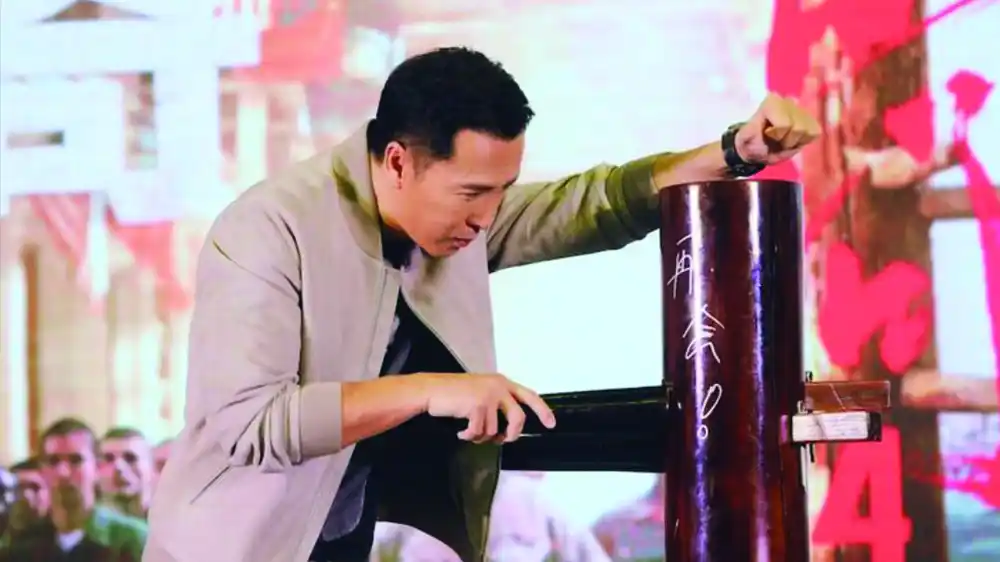The Legendary Moves in Movies, the Real Techniques in Practice
Remember Donnie Yen’s stunning performance in Ip Man? Taking down ten black belt opponents with swift and precise Wing Chun techniques—those scenes ignited global interest in this martial art. But can Wing Chun really be that effective in real life? Is it suitable for everyone? Let’s dive into the practical applications of Wing Chun, the benefits of training, and why it has become the ideal choice for self-defense, fitness, and personal development.
The Practical Power of Wing Chun: Fast, Precise, and Efficient Combat

Wing Chun is not about brute force. It follows the principle of efficiency in motion, making it one of the most practical martial arts for real-life encounters.
Close-Range Combat – Size Doesn’t Matter
Wing Chun focuses on close-quarters fighting, allowing a smaller person to neutralize a larger opponent using structure, angles, and redirection.Continuous Attacks – Defense and Offense as One
Ever seen the Chi Sao (sticking hands) drill? It’s a unique training method that sharpens reflexes, helping practitioners respond instantly and control the opponent’s movement. This rapid, instinctive reaction makes Wing Chun extremely effective in self-defense situations.Centerline Control – Maximum Protection, Maximum Impact
The centerline theory ensures that every movement is both defensive and offensive, minimizing exposure while delivering precise strikes. This makes Wing Chun highly efficient in combat, requiring minimal energy for maximum results.
Who Should Train in Wing Chun?
1. Beginners with No Martial Arts Experience
No prior training? No problem. Wing Chun movements align with natural body mechanics, making it accessible for anyone to start learning.
2. Professionals Looking for Self-Defense
No time for the gym? Wing Chun provides practical self-defense skills that can be trained at home. In just a few sessions, you’ll develop essential techniques to handle real-world threats.
3. Anyone Seeking Fitness and Mental Focus
Wing Chun improves core strength, body coordination, and reflex speed. The structured training not only enhances physical fitness but also sharpens mental discipline.
How to Train Effectively in Wing Chun?
1. Master the Basics – Start with Siu Nim Tao
Siu Nim Tao, the first Wing Chun form, lays the foundation for all techniques. Training this form improves hand structure, balance, and power control.
2. Train Chi Sao for Reflexes and Sensitivity
Wing Chun is not just about memorizing moves—it’s about feeling your opponent’s energy. Practicing Chi Sao hones reaction time, helping you counter attacks effortlessly.
3. Apply Techniques in Daily Life
Wing Chun training isn’t limited to the gym. Practice proper punching techniques, improve your stance while walking, and incorporate Wing Chun principles into your daily movements.
Why Learn Wing Chun Online?
Not everyone has access to a Wing Chun school nearby. That’s where online training becomes the perfect solution. Our Wing Chun online course offers step-by-step lessons from expert instructors, making it easy to learn anytime, anywhere. Whether you’re a beginner or have experience in martial arts, you’ll find structured lessons tailored to your progress.
Start your Wing Chun training today and experience the power of this legendary martial art. Join now and get access to a free trial lesson!




